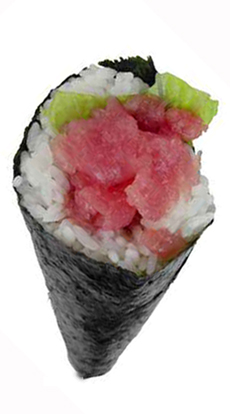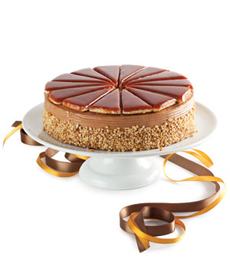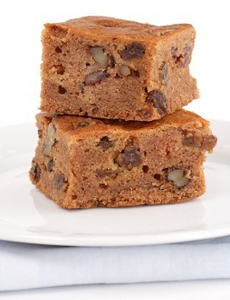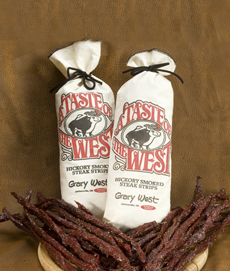|
We’re told to eat more fish: It’s low in saturated fat and heart healthy, with high-quality protein and other essential nutrients such as omega-3 fatty acids.
But some fish come with unhealthy baggage: high levels of mercury. Highly toxic to the human neurological system, mercury is released into the environment from power plants, factories using chlorine, mining and rock formations. The metal ends up in oceans and lakes, where long-lived fish consume it.
Fetuses and children are particularly vulnerable to mercury. But physicians report memory loss, headaches, abdominal pain, behavioral problems, fatigue, hair loss and arteriosclerosis among adults.
The EPA (Environmental Protection Agency) has three recommendations for selecting and eating fish or shellfish, which enable us to receive the benefits of eating fish and shellfish while reducing exposure to the harmful effects of mercury.
The recommendation is targeted to women of childbearing age and young children. Older women and tween-to-adult men are not included in the advisory—yet. At least one study has shown that eating fish high in mercury puts middle-aged men at a greater risk for coronary heart disease and may offset the protective effects of omega-3 fatty acids.
|
|

We’ve switched tuna sushi for other fish
varieties. Photo by RaduRazvan | Fotolia. |
|
So everyone may want to follow these EPA guidelines:
Do not eat king mackerel, shark, swordfish or tilefish, because they contain high levels of mercury. Editor’s Note: blue crab, bluefish, Chilean seabass†, farmed Atlantic salmon (may also contain PCBs), grouper†, marlin†, orange rougy, and bigeye, blue, canned albacore* and yellowfin† tuna also contain similarly high mercury.
Eat up to 12 ounces (2 average meals) a week of a variety of fish and shellfish that are lower in mercury. Five of the most commonly eaten fish that are low in mercury are shrimp†, canned light tuna,* salmon (canned, fresh or wild—may also contain PCBs), pollock and catfish. Other low-mercury fish include Arctic cod, anchovies, butterfish, catfish, clams, domestic crab, crawfish/crayfish, croaker, flounder†, haddock†, hake, herring, mullet, North Atlantic mackerel, oysters, perch, plaice, pollock, sardines, scallops†, shad, sole, squid, tilapia, trout, whitefish and whiting.
Fish with medium levels of mercury include bass, carp, Alaskan cod, croaker, Atlantic and Pacific halibut†, lobster, mahi mahi, monkfish†, freshwater perch, sablefish, skate†, snapper†, canned tuna (chunk light and skipjack)† and sea trout.
†These species are overfished; mercury issues aside, they should be avoided on the ground of sustainability. Mercury data from Natural Resources Defense Council.
*More notes from the EPA: albacore (“white”) tuna has more mercury than canned light tuna. It recommends no more than 6 ounces of albacore tuna per week, whether canned or fresh.
Check local advisories about the safety of fish caught by family and friends in your local lakes, rivers and coastal areas. If no advice is available, eat up to 6 ounces (one average meal) per week of fish you catch from local waters, but don’t consume any other fish during that week.
Enjoy fish, but enjoy it as an informed consumer. Learn more at the EPA website.
|




